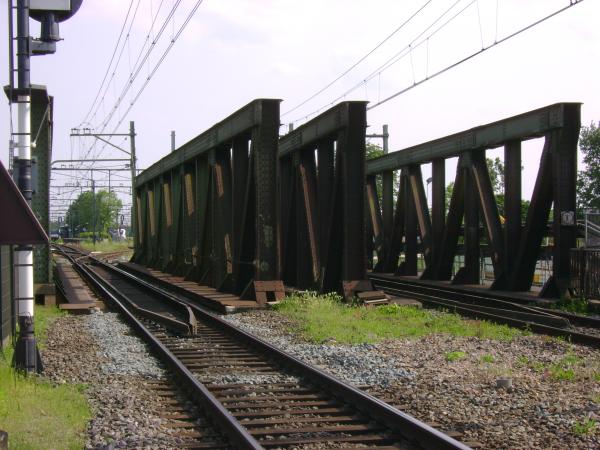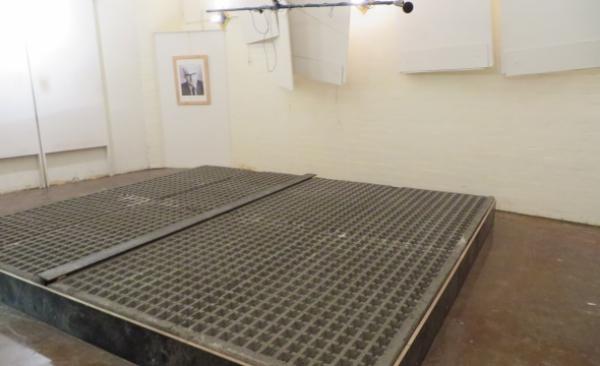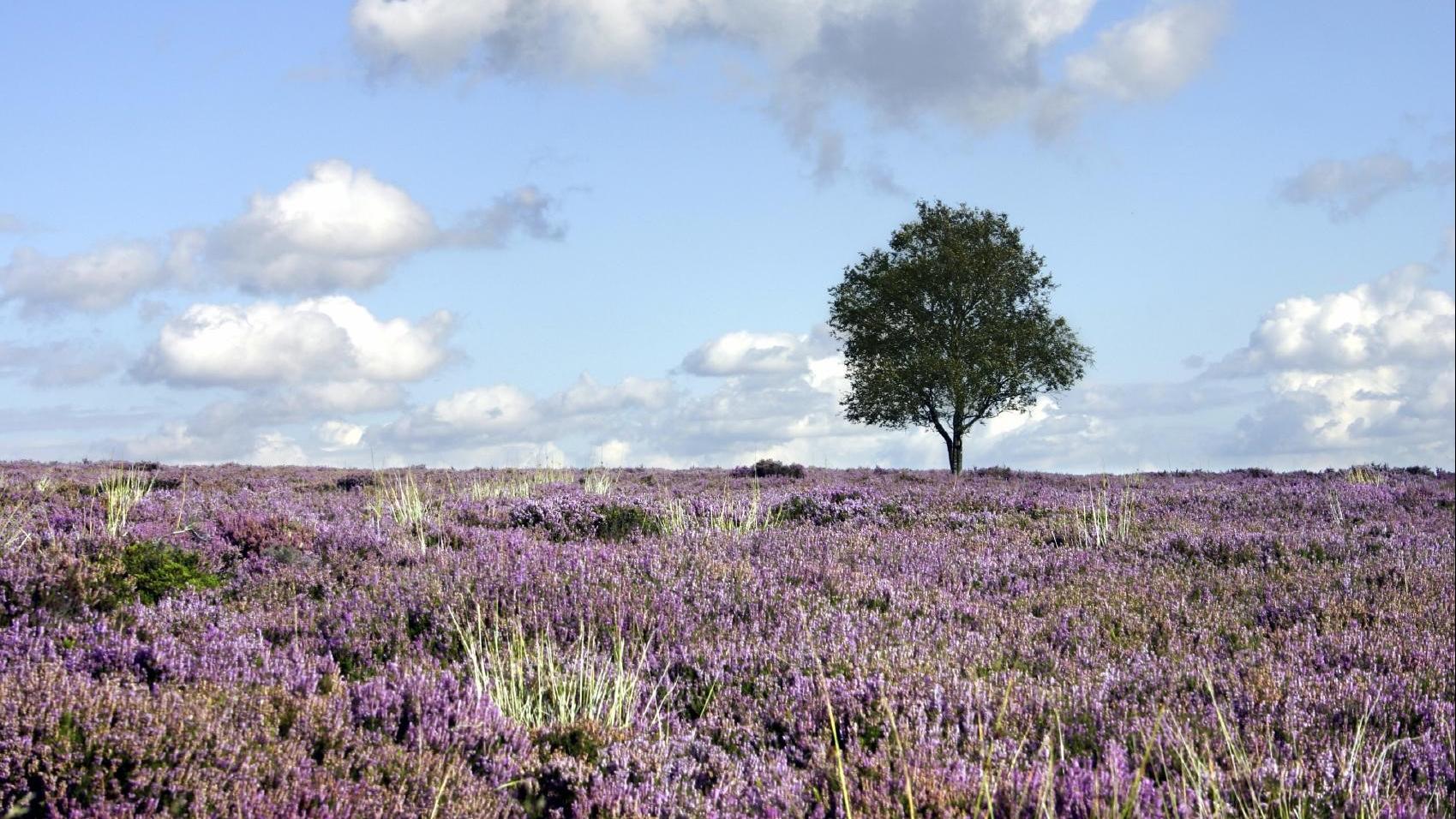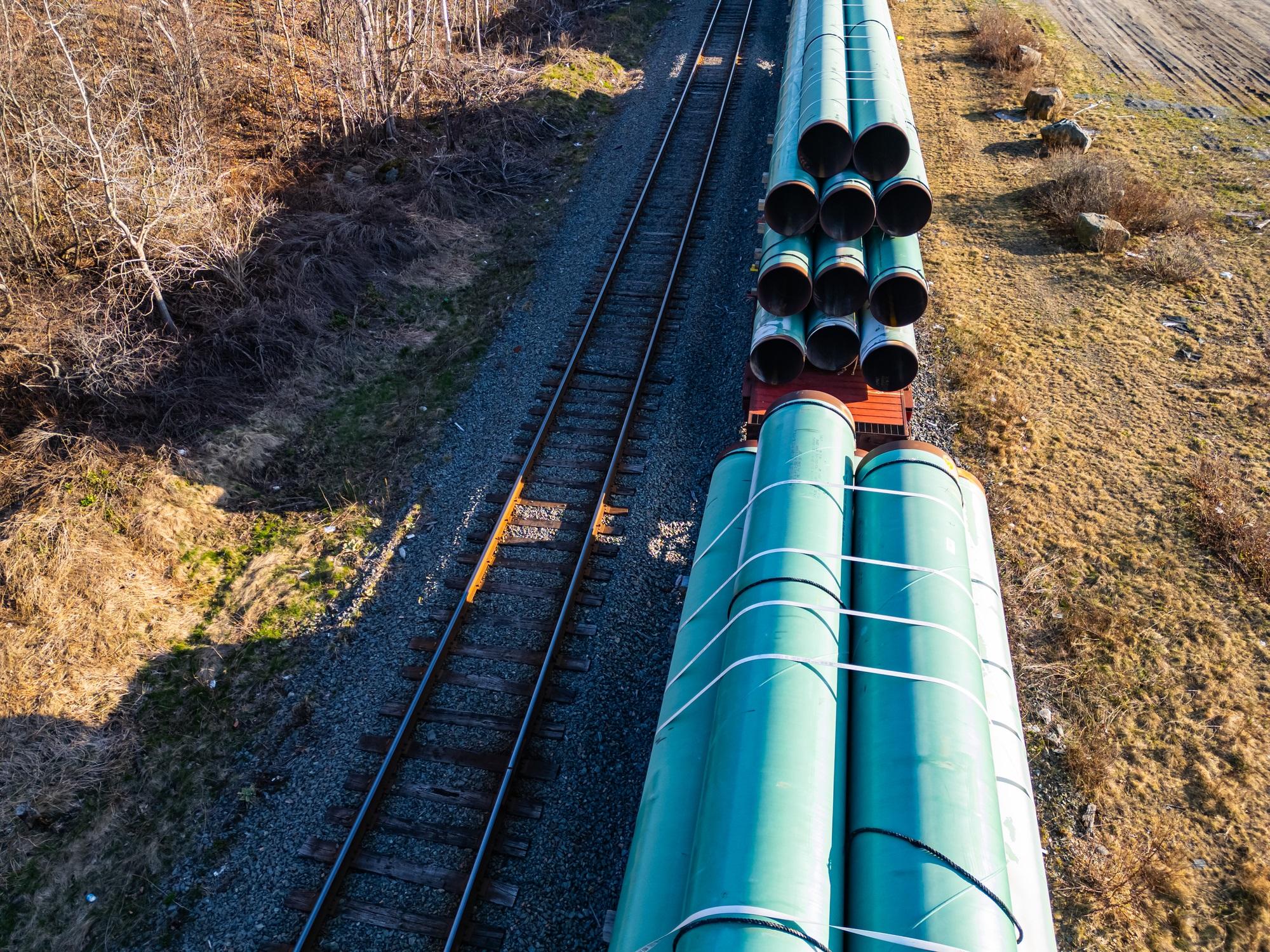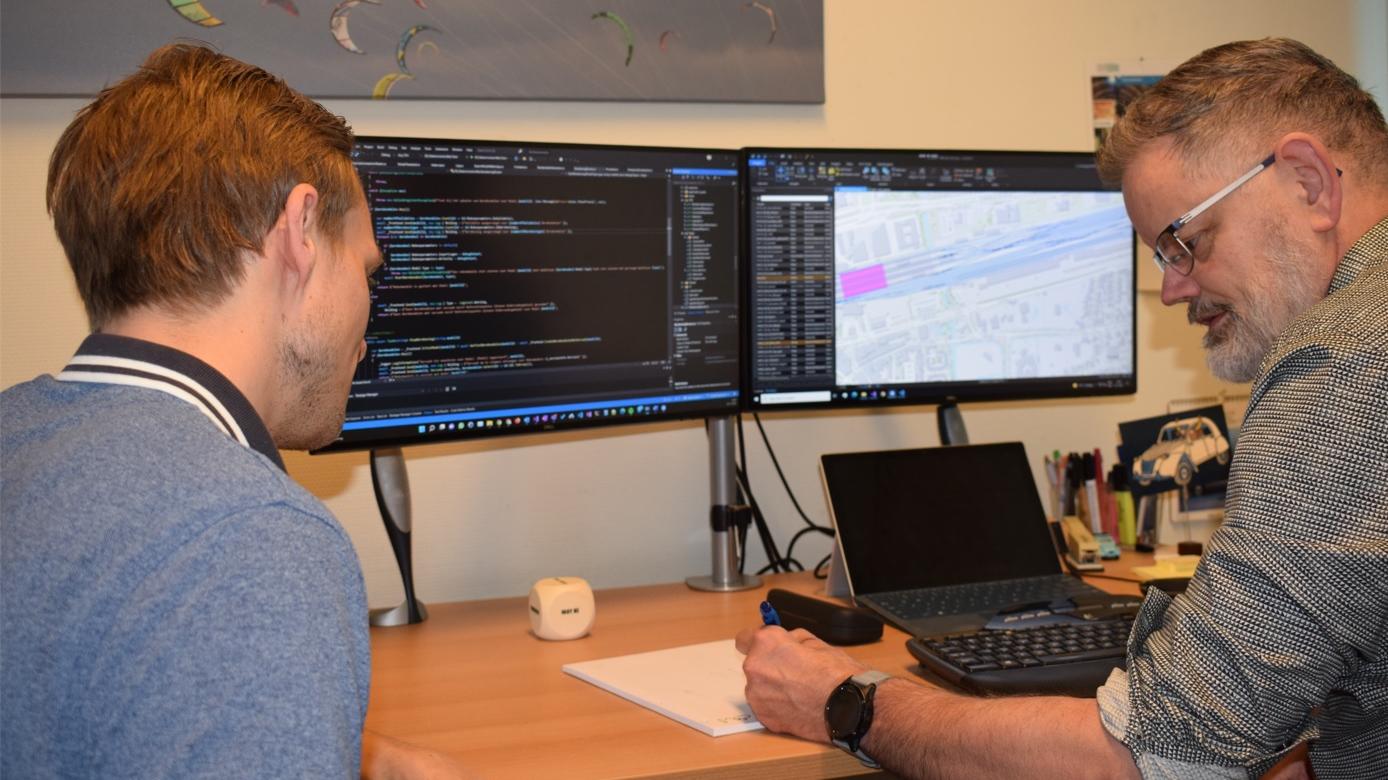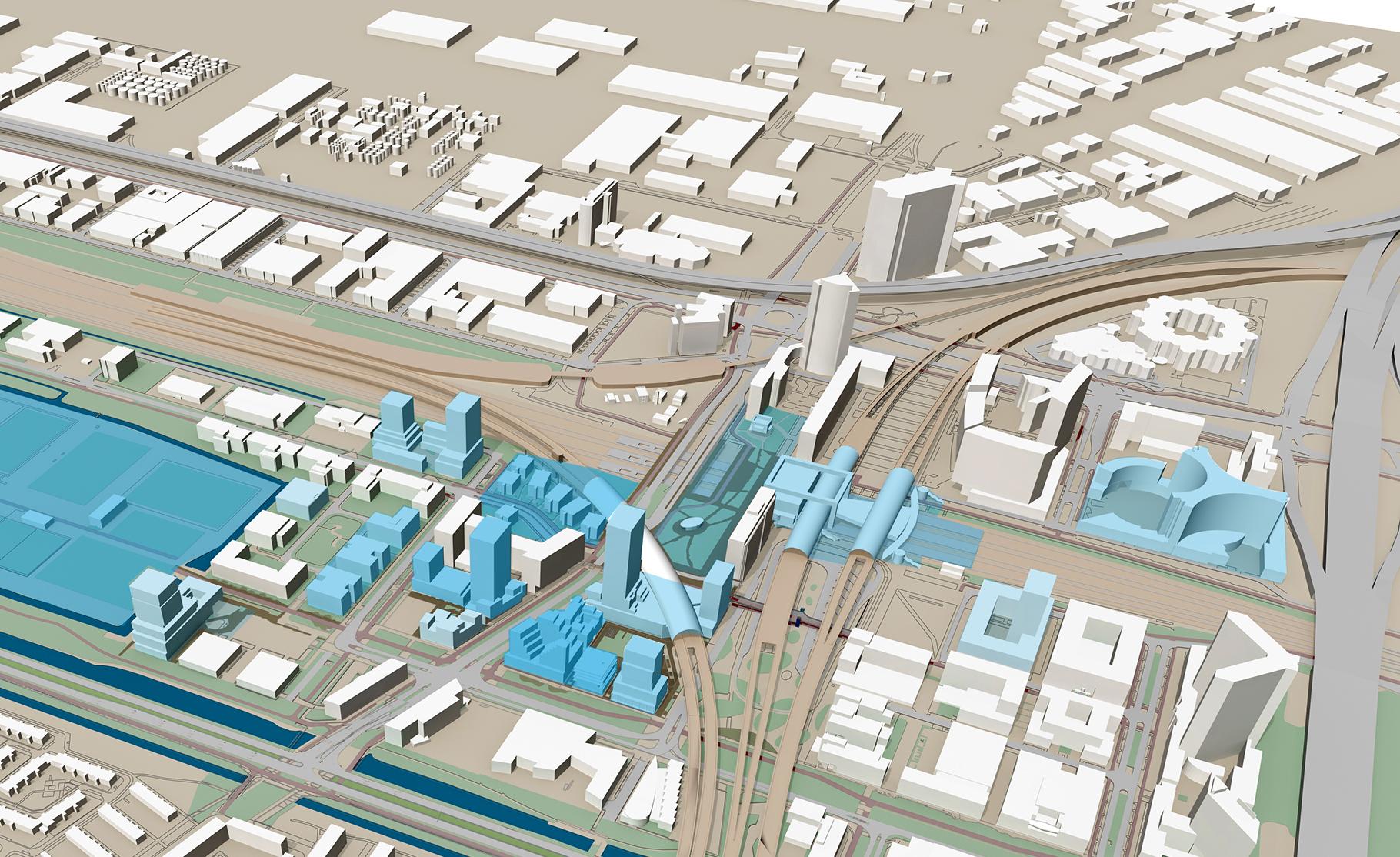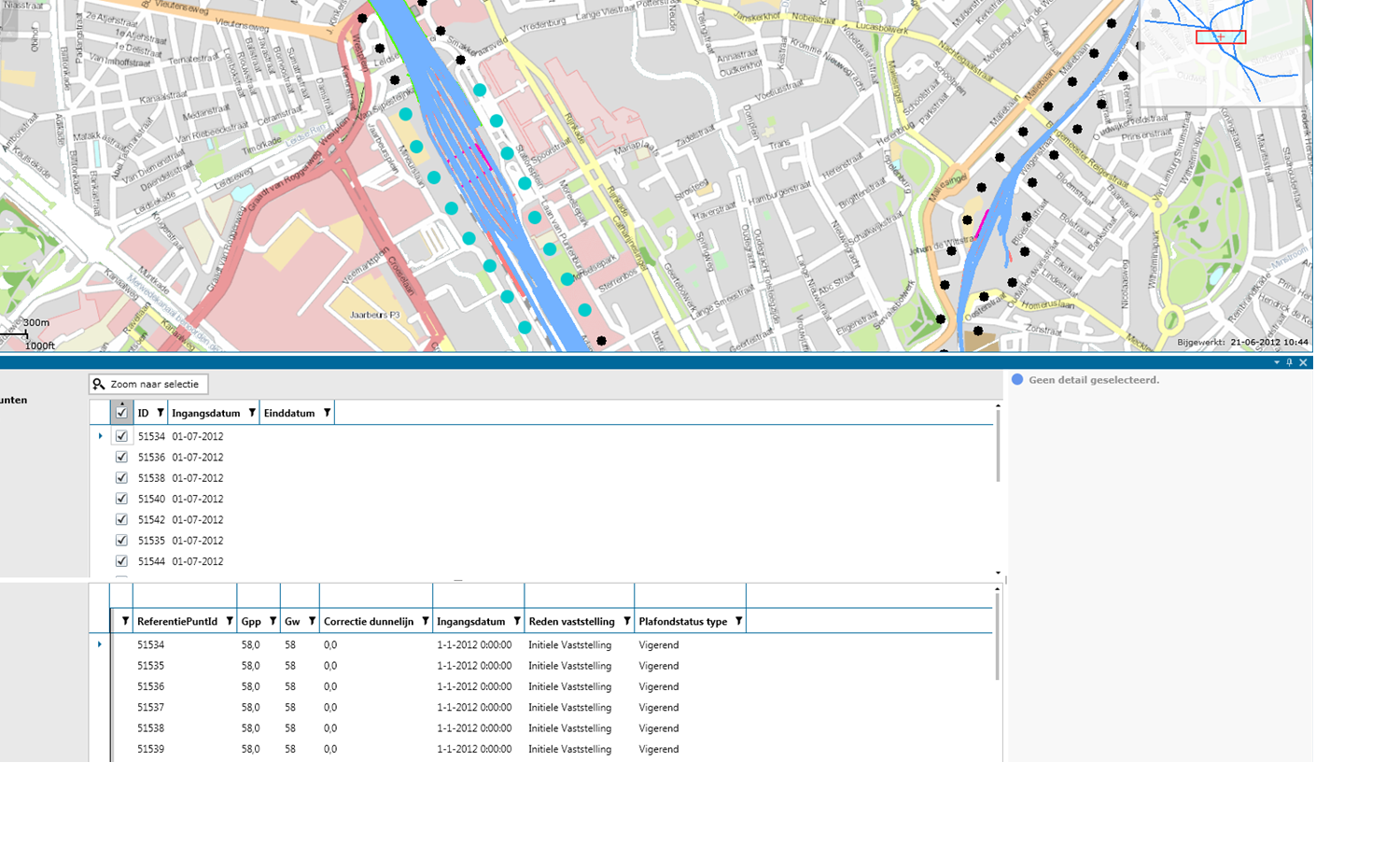
ProRail and M+P put the entire Dutch railway system into a computational model
Ard Kuijpers: "In July 2012, the SWUNG law came into effect, meaning ProRail now needs to publicise all of their noise production data. The noise register that ProRail manages contains various noise related data about the Dutch railway network and its surroundings. For instance, the location of sound barriers, what trains go at what speed, the location of platforms, etcetera. ProRail had all these data available, but they weren't suitable to use as a solid basis to compute the noise production of the entire Dutch railway network. It was unexplored territory for us – nobody had ever tried to capture existing data on track and surroundings in a computational model. However, we don't shy away from new frontiers. We chose to compile the model in an entirely automated way. We wrote software that is set up in such a way that every small change to the network or its surroundings can easily be implemented. Our approach worked so well that ProRail ended up integrating various modules in their own software."
Order in data
Data that determine noise production at a certain point of the railway network are varied and wide-ranging. They were dispersed over various divisions, databases and programs. Data weren't always compatible or complete. It was our priority to create a long-term vision for the noise register. This meant that the noise register needed to be put together in a sensible way, and that it was time to give it a solid structure.
A preference for automation
It is important that data on noise production are 100% correct. This is important not only to the Dutch government, but also to those people in the Netherlands who live near a railway track. We wanted to rule out the possibility for human error as much as possible, and be able to easily implement changes in the source data. We chose to compile data in an entirely automated way. We created conversion modules in ArcObjects (the development environment for ArcGis applications) that automatically compiled the entire noise model from existing source data. Every step is embedded in program code and is therefore endlessly reproducible. The modules have been tested and approved individually. If a data file changes, we can generate an update of the entire model in just a few hours. For the whole of the Netherlands!
ProRail integrates modules in own software
The modules that M+P developed turned out to be so effective that ProRail took them on and integrated them into their own software. Which proves that, as a small firm, we can work in a smart and proactive way. The noise model project motivates us to go that extra mile over and over again. This benefits not only our clients, it makes us wiser as well. .


